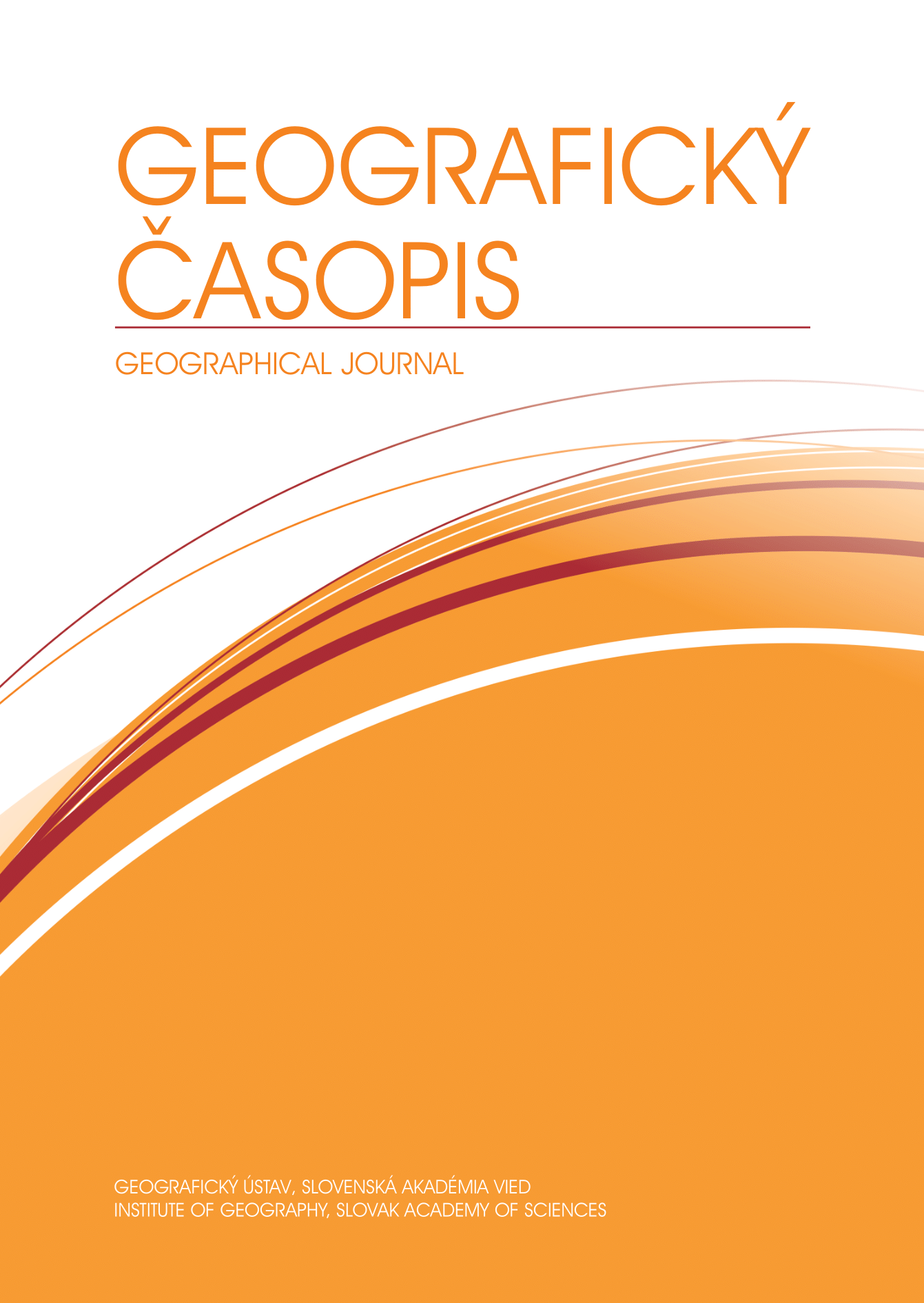Geospatial modelling of land use-based habitat quality changes and predicting its degradation using the InVEST model
DOI:
https://doi.org/10.31577/geogrcas.2025.77.3.03Keywords:
geospatial modelling, habitat degradation, ecosystem service, CA-Markov model, land use changeAbstract
The quality of habitats determines ecosystem integrity and is associated with its structure, functioning and components, reflecting the degradation degree, serving as the basis for assessing sustainable landscape development. Urbanization in Karaj County endangers ecosystems, requiring spatial planning to prevent habitat loss. The objective of this study is to evaluate habitat quality and degradation in Karaj County from 2013 to 2032, with predictions for the near future. Landsat images from 2013, 2018, and 2023 were obtained, and after LULC classification for the respective years, the InVEST model’s habitat quality ecosystem service model was utilized to determine habitat quality. Based on existing threats to habitats, habitat quality was assessed by selecting six threats, including agriculture, urban areas, rural areas, railways, main roads, and secondary roads. Threat layers were weighted between zero and one. According to the results, the urban areas information layer was assigned the highest weight due to causing the most habitat destruction. The predictive results indicated a decrease in habitat quality from 2013 to 2032, with an increase in landscape degradation. During the study period, the area classified as “severe degradation” increased by 51.752 km2, nearly doubling from 2023 to 2032. The InVEST model, using LULC maps and habitat threats, effectively assessed habitat quality and predicted future changes. High-accuracy LULC classification (Kappa>90%) ensured reliability. Integrating the CA-Markov model improved land use change predictions. Habitat quality declined from 2013 to 2032, with the greatest loss in human-built areas, while mountainous regions remained less affected. Accessible natural habitats underwent LULC conversion. Urban expansion from 2013 to 2023 reduced agricultural and natural areas, a trend expected to continue, increasing habitat threats. These results indicate the need for limiting urban expansion, preserving ecological corridors, and adopting targeted nature-based solutions, particularly in rapidly urbanizing zones like Karaj County, to mitigate projected degradation and maintain ecosystem integrity by 2032.
Downloads
Published
Issue
Section
License
Copyright (c) 2025 Geografický časopis / Geographical Journal

This work is licensed under a Creative Commons Attribution-NonCommercial 4.0 International License.
The authors accept and agree to respect the terms and conditions of this public license. Published articles or their parts may be reused, provided that the names of the authors are mentioned and will serve only for non-commercial purposes.

